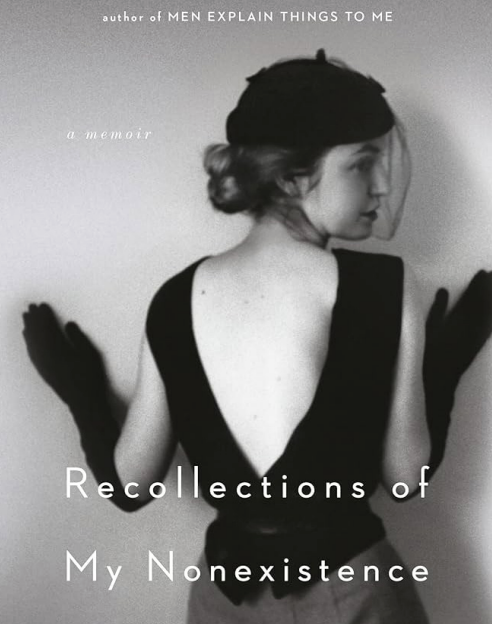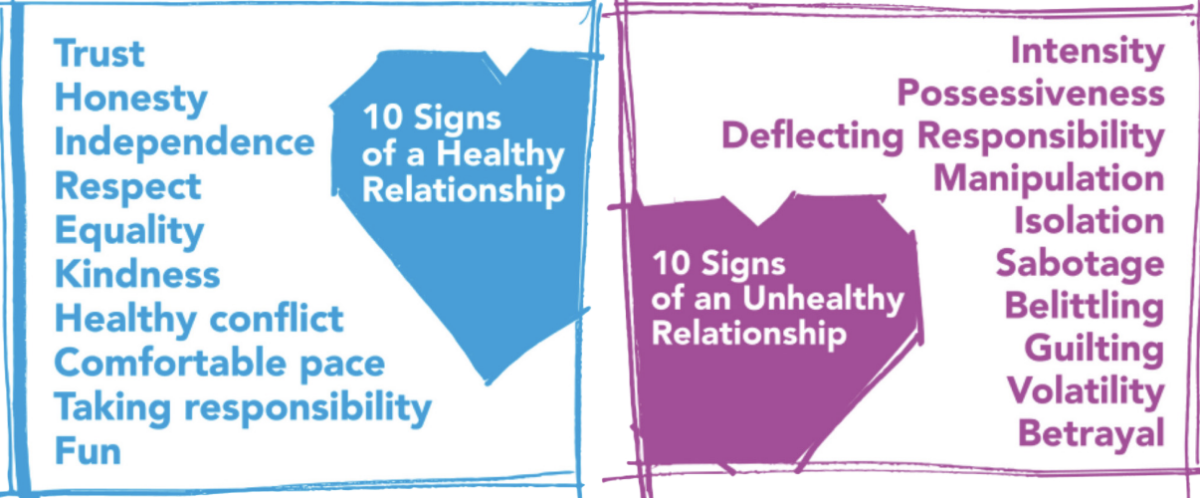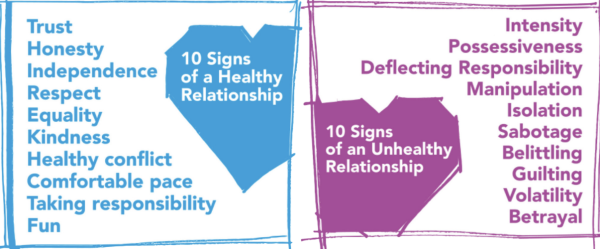Who is St. Patrick anyway
As a kid, I never questioned the fact I would have to wear green and hope for a rainbow in the sky during this holiday. When a so-called leprechaun would come into my elementary classroom and destroy everything in his tracks and led my classmates on an annual manhunt, I would simply accept it.
Now, as an adult, I am realizing I don’t know why we follow these traditions of green and gold. So, let’s learn history together.
According to Europeana, Saint Patrick was born in Britain and was held as a prisoner in Ireland for six years. He eventually escaped, became a priest, and spread Christianity to the Irish people. Legend has it he drove all snakes out of Ireland during this time, but it was simply a metaphor for converting Pagans.
The Irish started pinning shamrocks on their clothes to symbolize their faith, each petal representing the Holy Trinity. Originally, the color was a light blue, but was changed to green during the Irish Rebellion in 1798.
St. Patrick died on March 17, 1631, and the Church held a feast to celebrate his life, thus creating St. Patrick’s Day. Parades originated in the United States as Irish immigrants came in. Their main goal was to end discrimination against their heritage with the holiday.
Wearing green makes you invisible to leprechauns, according to fairytales. Leprechauns are known to be stealthy pranksters, so people pinch those who don’t wear green as a reminder the creature could sneak up on them at any moment.
The Old Farmer’s Almanac said rainbows are also connected to the holiday because St. Patrick said it symbolizes God’s promise to not destroy the Earth with a flood.
Now that you know who St. Patrick is, make sure to wear green or watch your back this March 17.

Hey! This semester, I'm the managing editor/content for The Chanticleer. This means I oversee all published material on our website, bi-weekly print editions...





















